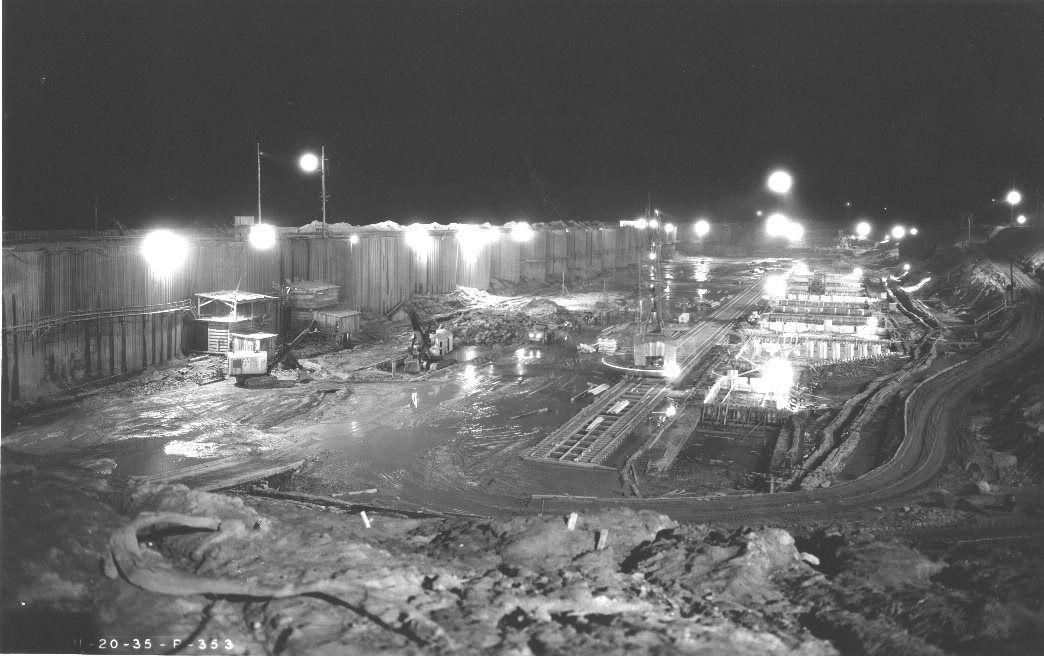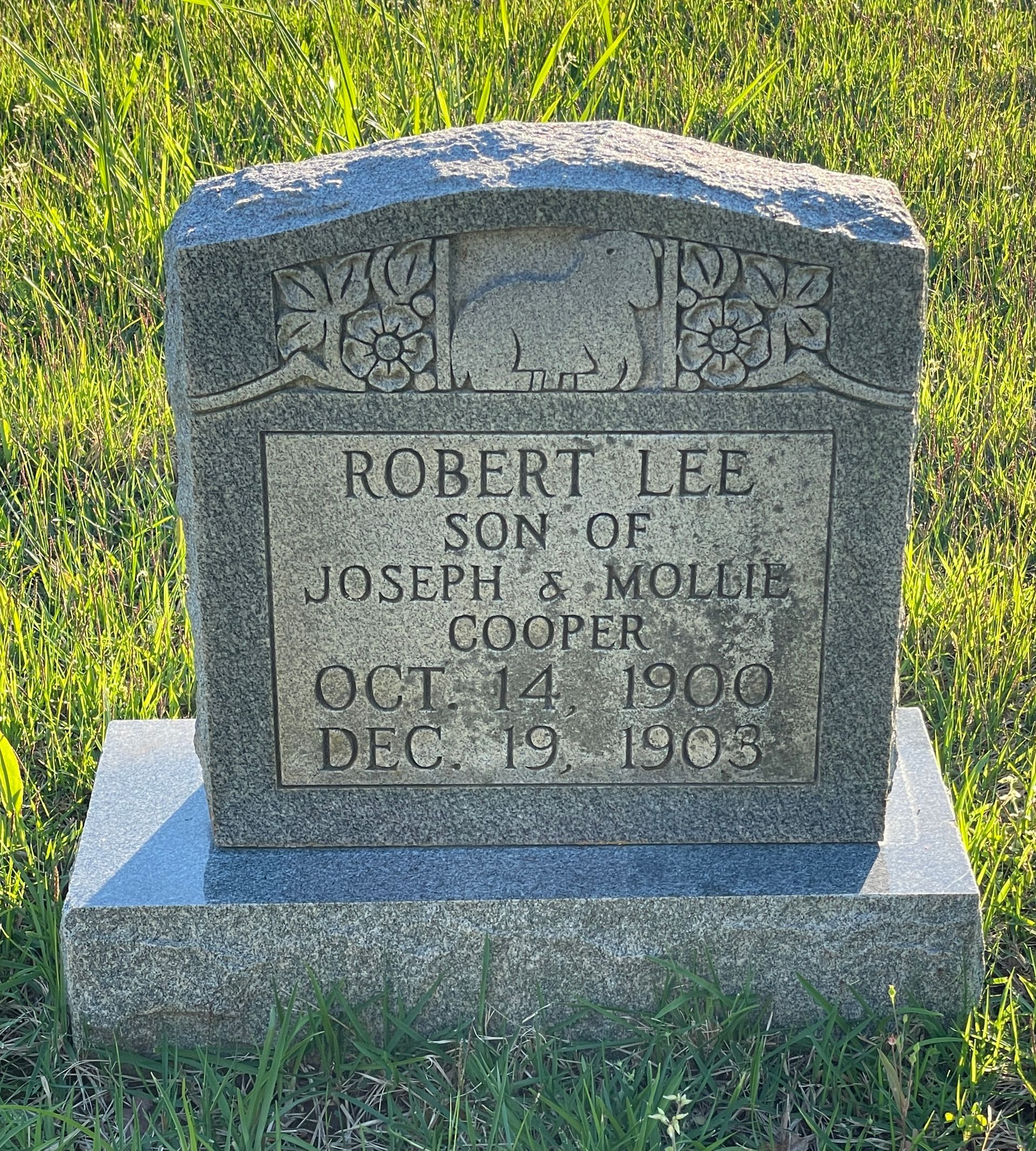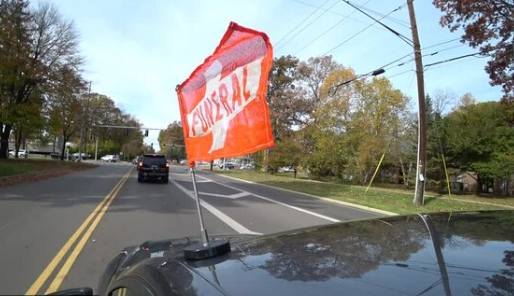In the sacred ground of Macedonia Cemetery, just across County Road 158 from the Macedonia Church of Christ in Lauderdale County, Alabama, rests the mortal remains of Robert Lee Cooper, the three year old son of Joseph and Mary Ellen “Mollie” Cooper. By the standards of the time, his parents had married later in life; Joseph was 37 and Mollie was 29 on their wedding day in 1896. Their first son, Homer Floyd, arrived almost 10 months to the day after they exchanged their vows. Two and one-half years later, Jesse Claude joined them, followed by little Robert on October 14th of 1900. Their last child, Samuel Peter Price Cooper, was born a year and a half after the death of his older brother. One might assume (a dangerous pastime, to say the least) that Samuel’s birth was in part brought about by Robert’s death, given the closeness in age of their first three sons, and the five years that passed between Robert’s arrival and Samuel’s.
But Macedonia Cemetery wasn’t his parents’ first choice. At his death Joseph and Mollie buried Robert in Johnson Cemetery which was also located within the boundaries of Lauderdale County. At least four other members of the Cooper family were already buried there and eventually their number would total 15, including Robert.
But then the Tennessee Valley Authority arrived.
Created in 1933 by the Tennessee Valley Authority Act, their purpose, among other things, was “To improve the navigability and to provide for the flood control of the Tennessee River”, a goal they intended to reach through the construction of a series of dams across the Tennessee Valley, one of which would greatly impact Hardin County in Tennessee, Tishomingo County in Mississippi, and Lauderdale and Colbert Counties in Alabama. That impact meant the flooding of vast amounts of land across the four counties . . . which meant the relocation of utilities, roads, towns, homes, families . . . and cemeteries.
In preparation for the entire project, approximately 100,000 acres were mapped and surveyed with more than 63,700 acres eventually being purchased. Over 69,000 graves were assessed in an effort to protect and preserve them, and over 20,000 were moved, a feat that required consultation with each family to determine their wishes. For many, the thought of disturbing their loved ones after decades of rest was distasteful, but even more so was the thought of leaving them behind, knowing their graves would be hidden beneath the waters of the Tennessee.
TVA approached the delicate task of relocating entire cemeteries with the respect and compassion necessary to successfully accomplish their mission, even going so far as to clean and repair monuments at the new locations and to move graves which were not in the path of the project, but which were isolated and in danger of being lost to the elements.
In order to finalize the Pickwick Landing Dam project, 506 families were moved, many from the towns of Riverton and Waterloo, Alabama which were to be partially or completely obliterated by the reservoir. Twelve cemeteries were affected. At the requests of the next-of-kin, Moore Cemetery in Tishomingo County, the Ray Family Cemetery in Colbert County, and Summerhill Cemetery and the graves of two infants in the Evans family, all located in Lauderdale County, remained where they were. The others, Old Waterloo, Wadkins, Summerhill No. 1, Bray, the Evans Family Cemetery, Owens, the Richardson Family Cemetery—and Johnson—were moved. For some, based on the family’s wishes, this meant only transferring the headstone from one cemetery to another. Those who could afford a casket more substantial than one made of wood learned their loved ones could be disinterred and moved with very few issues. But for most, especially those who had died years before, very little remained. Perhaps a few bones . . . the metal handles of their casket. Everything that could be recognized as pertaining to that grave was placed in a box and reburied in a cemetery of the family’s choosing. If you look at TVA’s list of relocated cemeteries, you’ll find that allegedly all the graves in Johnson Cemetery were moved to Spring Hill Missionary Baptist Church Cemetery . . . but Robert Lee Cooper’s monument at Macedonia seems to say otherwise.
Robert Lee’s was one of 407 graves that were relocated by TVA before the Pickwick Landing Dam was completed in 1938. His mother asked that his remains be buried beside those of his father Joseph, who had died in 1927 and been interred in Macedonia. Mollie would eventually join them in 1955. Twenty-eight years after losing her husband and 52 years after the death of her son, they would finally be reunited. But only because progress demanded it.














